
How does the Digestive System work?

For many of us, food is undoubtedly one of life’s greatest pleasures. Just ask Gordon Ramsey, or Ratatouille’s lovable leading rat, Remy. Perhaps more importantly, food is also our primary source of nourishment. And it is thanks to digestion that we are able to utilize and enjoy the goodness food provides well past the moment we bite, chew and swallow the deliciousness down.
Why is digestion important? Hippocrates, the ‘’father of medicine ’’1, claimed over 2000 years ago that 'All diseases begin in the gut.'2 Science has come a long way since then, proving that despite all his wisdom, Hippocrates wasn’t quite right. We now know that, in fact, not all diseases originate in the gut. However, recent findings do suggest that an altered gut microbial composition may contribute to several metabolic diseases, such as obesity, diabetes, or non-alcoholic fatty liver disease.24 What is undeniable, is that digestive health is absolutely crucial for people who want to live healthy lives.
Our digestive system performs most of its work out of sight, like a ninja turtle, or Casper, everyone’s favorite friendly ghost. Doing all the good from the shadows, but not unnoticed. Let's take a closer look at what it does.
What is the digestive system?

The digestive system is made up of the digestive tract and other organs that help the body digest food, absorb nutrients, and then excretes waste product as poop.” The digestive system consists of several parts such as: mouth, pharynx (throat), esophagus, stomach, small intestine, large intestine and anus. Accessory organs include the teeth, the tongue, the salivary glands, the liver, the gallbladder, and the pancreas.3
The anatomy of digestive system
Several organs and body parts work together like clockwork, each one a part of a well-oiled machine needed to keep the digestive system running smoothly. Let's get to know them.
Oral cavity
Digestion starts in the mouth with the mechanical processing of the food by the teeth and tongue. Tasting what we eat, and lubrication of food (so we can swallow it!) also takes place here.3
Pharynx
The pharynx (throat) is a passageway that transports food materials to the esophagus. Common names for it include the gullet, or food pipe.3,6
Esophagus
Through waves of muscular contractions, the esophagus is primarily responsible for carrying food materials into the stomach.3
Stomach
In the stomach, food is mechanically and chemically broken down. Muscular contractions and relaxations of the stomach lead to the formation of chyme, which is a mixture of partially digested food particles in a liquid state. Food is then broken down by gastric juices.3
Small intestine
90% of nutrients are absorbed in the small intestine. During digestion, the small intestine receives chyme from the stomach and digestive material from the pancreas and liver. The small intestine is the primary site of chemical digestion and absorption.3
Large intestine
The large intestine is responsible for absorbing water, vitamins, and salts.25 It then moves feces into the rectum through waves of muscle contractions. In the rectum, receptors initiate the pooping process, which concludes at the anus.3

Which Dulcolax® is right for you?
Answer few questions about your poop routine and we'll suggest the right product for you.
The digestive process
.webp)
Six functions take place in the digestive system before the body can use nutrients.6
Ingestion:
The digestive process begins with Homer Simpson’s favorite pastime; eating! 6 It is the first activity that takes food through the mouth.
Mechanical digestion
Food pieces must be broken down into smaller pieces for digestion. Mechanical digestion begins in the mouth, with the teeth and tongue, followed by churning and mixing in the stomach.6
Chemical digestion
Chemical digestion breaks down carbohydrates, proteins, and fats into smaller molecules that can be absorbed for use in the body.6
Movements
In the stomach, smooth muscle contractions combine food particles with enzymes and other fluids. Further waves of muscle contractions in the intestines also move food particles through the digestive tract.6
Absorption
During absorption, nutrients enter the blood vessels through the lining of the small and large intestine. The blood can then transport the nutrients around the body to where they are needed.6
Elimination
The body eliminates food molecules that cannot be digested or absorbed. This final little process is better known as pooping.6
How does food move through my gastrointestinal tract?
Gastrointestinal (GI) tract organs have a layer of muscle that allows their walls to move. This movement, called peristalsis, can be compared to an ocean wave moving through a muscle.7 As a result, food and liquid are mixed and pushed through the GI tract.8
How does my digestive system break food into small parts my body can use?
As food moves through your digestive tract, it is broken down into smaller pieces through motion (chewing and squeezing) and the mixing of digestive juices. These juices include stomach acid, bile, and enzymes.8
What happens to digested food?
In the small intestine, digested food molecules, water, and minerals are absorbed. Most materials enter the bloodstream upon absorption. Here, they are transported to other body parts for storage or chemical modification. The sugars, amino acids, fatty acids, and glycerol in these substances allow your body to produce energy, grow, and repair cells.8
What are common conditions related to the digestive system?
As much as it should run like a well-oiled machine, and usually does, sometimes the digestive system does encounter problems. Don’t we all? Even Lebron James has off days, after all. Each year there are 7.9 million visits to emergency departments involving diseases of the digestive system, according to the CDC.11 Here are a few conditions that can affect the digestive system.
Constipation
About 4 million people in the United States experience frequent constipation.16 Constipation is when you have infrequent or uncomfortable bowel movements, and usually means passing only small amounts of hard dry stool, if any at all. As a general rule, you would be considered constipated if you are passing stool less than 3 times a week 16, however, we are all different, and a normal amount of bowel movements could range anywhere from 3 times a day to 3 times a week.16
Diarrhea
Acute diarrhea is the second most commonly reported condition in the United States. Acute diarrhea refers to diarrhea lasting less than two weeks. Diarrhea that lasts longer than four weeks is considered chronic. Loose or watery stools are commonly described as a sign of diarrhea. Viruses are the most common cause of acute diarrhea. Chronic diarrhea requires accurate diagnosis due to its multiple causes, including Crohn's disease, parasitic intestinal infections, and Irritable bowel syndrome (IBS), to name a few.21
Irritable bowel syndrome (IBS)
IBS is a gastrointestinal disorder that affect 10-15 % of people in the US. It is a chronic condition, meaning it is generally long lasting. However, symptoms tend to come and go in bouts, in episodes knows as “flares”. Symptoms can include abdominal pain, diarrhea, constipation, and/or bloating. The exact cause is unknown, but scientists believe it may relate to the communication between the brain and the gut, known as the gut-brain axis.26
Diverticulosis
Diverticulosis occurs when tiny sacs in the intestinal tract wall become inflamed or infected. There is a high incidence of diverticulosis among older adults. Most patients with diverticulosis don't know they have the condition, and it doesn't cause them any trouble.12
Peptic ulcer
Peptic ulcers affect around 5–10% of the general population.13 An “ulcer” is an open sore and the word “peptic” means the acid is at the root of the problem. The two most common types of peptic ulcers are “gastric ulcers” and “duodenal” ulcers referring to the location where it is found.14
Hemorrhoids
Hemorrhoids are veins in the rectum or anal canal. Swollen or dilated blood vessels can cause symptoms such as rectal bleeding. Hemorrhoids usually go away on their own or with simple measures. These measures include avoidance of straining and treatment of constipation.15
GERD/Heartburn
About 20% of the US population suffers from GERD. It’s a condition in which stomach contents flow upwards into the esophagus. Heartburn and regurgitation are the most common symptoms.22
Celiac disease
Celiac disease (CD) is a digestive condition characterized by inflammation of the small intestine precipitated by eating gluten-containing foods. About one in every 100 people may have celiac disease in the United States, although only one in five is diagnosed and aware of having it.23
When to contact a Healthcare Professional about digestive issues?
Improving your intestinal health requires action, but the results are well worth it. The benefits of treating constipation, for example, extend to all aspects of life. You feel ready to face a new day after a good morning poop. When your digestive system functions correctly, it feels easier to achieve your life goals.
If dietary and lifestyle adjustments don’t help, you can try over-the-counter (OTC) medication such as laxatives.
A full range of Dulcolax products is available here, including tablets, liquid, soft chews, and suppositories.
Consult a healthcare provider if you experience symptoms like constipation, diarrhea, vomiting, stomach cramps, excessive gas, or heartburn on a regular basis.
Taking care of your digestive system is taking care of yourself, so don’t neglect it, listen closely to the hum and whir of something not feeling right, and do what you need to make sure your digestive system keeps on and carries on running smoothly.
* Works in 30 minutes to 6 hours
Disclaimer:
Partly generated by Gen AI
Sources
- Yapijakis C. Hippocrates of Kos, the father of clinical medicine, and Asclepiades of Bithynia, the father of molecular medicine. Review. In Vivo. 2009 Jul-Aug;23(4):507-14. PMID: 19567383."
- Lyon L. 'All disease begins in the gut': was Hippocrates right? Brain. 2018 Mar;141(3):e20. doi: 10.1093/brain/awy017. Epub 2018 Feb 12. PMID: 29444202.
- Ogobuiro I, Gonzales J, Tuma F. Physiology, Gastrointestinal. [Updated 2022 Apr 21]. In: StatPearls [Internet]. Treasure Island (FL): StatPearls Publishing; 2022 Jan-. Available from: https://www.ncbi.nlm.nih.gov/books/NBK537103/
- Stanford Medicine (2022) The Digestive Process: How Does the Esophagus Work? , The Digestive Process: How Does the Esophagus Work? Stanford Medicine . https://www.stanfordchildrens.org/en/topic/default?id=the-digestive-process-how-does-the-esophagus-work-134-195 (Accessed: December 5, 2022).
- Patricia JJ, Dhamoon AS. Physiology, Digestion. [Updated 2022 Sep 12]. In: StatPearls [Internet]. Treasure Island (FL): StatPearls Publishing; 2022 Jan-. Available from: https://www.ncbi.nlm.nih.gov/books/NBK544242/
- National Cancer Institute (2022) Introduction to the digestive system, Introduction to the Digestive System . National Cancer Institute. https://training.seer.cancer.gov/anatomy/digestive/ (Accessed: December 5, 2022).
- International Foundation for Gastrointestinal Disorders (2022) The digestive system, IFFGD. International Foundation for Gastrointestinal Disorders. Available at: https://iffgd.org/gi-disorders/the-digestive-system/ (Accessed: December 6, 2022).
- National Institute of Diabetes and Digestive and Kidney Diseases (2017) Your digestive system & how it works, National Institute of Diabetes and Digestive and Kidney Diseases. U.S. Department of Health and Human Services. Available at: https://www.niddk.nih.gov/health-information/digestive-diseases/digestive-system-how-it-works (Accessed: December 6, 2022).
- Hoogerwerf WA. Role of clock genes in gastrointestinal motility. Am J Physiol Gastrointest Liver Physiol. 2010 Sep;299(3):G549-55. doi: 10.1152/ajpgi.00147.2010. Epub 2010 Jun 17. PMID: 20558764; PMCID: PMC2950682
- Kienzle-Horn S, Vix JM, Schuijt C, Peil H, Jordan CC, Kamm MA. Efficacy and safety of bisacodyl in the acute treatment of constipation: a double-blind, randomized, placebo-controlled study. Aliment Pharmacol Ther. 2006 May 15;23(10):1479-88. doi: 10.1111/j.1365-2036.2006.02903.x. PMID: 16669963.
- FAST STATS - digestive diseases (2021) Centers for Disease Control and Prevention. Centers for Disease Control and Prevention. Available at: https://www.cdc.gov/nchs/fastats/digestive-diseases.htm (Accessed: December 6, 2022).
- DeBanto, J. (2022) Diverticulosis and diverticulitis, American College of Gastroenterology. American College of Gastroenterology. Available at: https://gi.org/topics/diverticulosis-and-diverticulitis/ (Accessed: December 6, 2022).
- Abbasi-Kangevari M, Ahmadi N, Fattahi N, Rezaei N, Malekpour M-R, Ghamari S-H, et al. (2022) Quality of care of peptic ulcer disease worldwide: A systematic analysis for the global burden of disease study 1990–2019. PLoS ONE 17(8): e0271284. https://doi.org/10.1371/journal.pone.0271284
- DeBanto, J. (2021) Peptic ulcer disease, American College of Gastroenterology. American College of Gastroenterology. Available at: https://gi.org/topics/peptic-ulcer-disease/ (Accessed: December 6, 2022).
- Choudhary, C. (2022) Hemorrhoids and other anal disorders, American College of Gastroenterology. American College of Gastroenterology. Available at: https://gi.org/topics/hemorrhoids-and-other-anal-disorders/ (Accessed: December 6, 2022).
- Johns Hopkins Medicine (2022) Constipation, Johns Hopkins Medicine. Johns Hopkins Medicine. Available at: https://www.hopkinsmedicine.org/health/conditions-and-diseases/constipation (Accessed: December 6, 2022).
- Locke GR 3rd, Pemberton JH, Phillips SF. AGA technical review on constipation. American Gastroenterological Association. Gastroenterology. 2000 Dec;119(6):1766-78. doi: 10.1053/gast.2000.20392. PMID: 11113099.
- Gartlehner G, Jonas D, Morgan L, Ringel Y, Hansen R, Bryant C et al. Drug Class Review on Constipation Drugs.
- Choudhary, C. (2022) Constipation and defecation problems, American College of Gastroenterology. American College of Gastroenterology. Available at: https://gi.org/topics/constipation-and-defection-problems/ (Accessed: December 6, 2022).
- Rao, Satish S.C. MD, PhD1; Lacy, Brian E. MD, PhD2; Emmanuel, Anton MD3; Müller-Lissner, Stefan MD4; Pohl, Daniel MD5; Quigley, Eamonn M.M. MD6; Whorwell, Peter MD, PhD7. Recognizing and Defining Occasional Constipation: Expert Consensus Recommendations. The American Journal of Gastroenterology: November 2022 - Volume 117 - Issue 11 - p 1753-1758 doi: 10.14309/ajg.0000000000001945
- Ochoa, B. and Surawicz, C.M. (2012) Diarrheal Diseases – acute and chronic, American College of Gastroenterology. American College of Gastroenterology. Available at: https://gi.org/topics/diarrhea-acute-and-chronic/ (Accessed: December 6, 2022).
- American College of Gastroenterology (2022) Acid reflux, American College of Gastroenterology. American College of Gastroenterology. Available at: https://gi.org/topics/acid-reflux/ (Accessed: December 6, 2022).
- McCabe et al, P. (2021) Celiac disease, American College of Gastroenterology. American College of Gastroenterology. Available at: https://gi.org/topics/celiac-disease/ (Accessed: December 6, 2022).
- Hur KY, Lee MS. Gut Microbiota and Metabolic Disorders. Diabetes Metab J. 2015 Jun;39(3):198-203. doi: 10.4093/dmj.2015.39.3.198. PMID: 26124989; PMCID: PMC4483604.
- Azzouz LL, Sharma S. Physiology, Large Intestine. [Updated 2022 Aug 1]. In: StatPearls [Internet]. Treasure Island (FL): StatPearls Publishing; 2022 Jan-. Available from: https://www.ncbi.nlm.nih.gov/books/NBK507857/
- Ford AC, Sperber AD, Corsetti M, Camilleri M. Irritable bowel syndrome. Lancet. 2020 Nov 21;396(10263):1675-1688. doi: 10.1016/S0140-6736(20)31548-8. Epub 2020 Oct 10. PMID: 33049223.


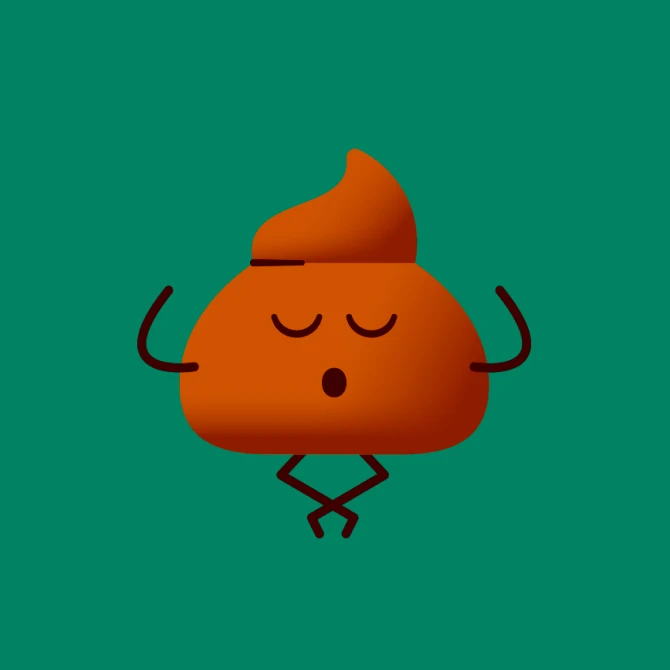
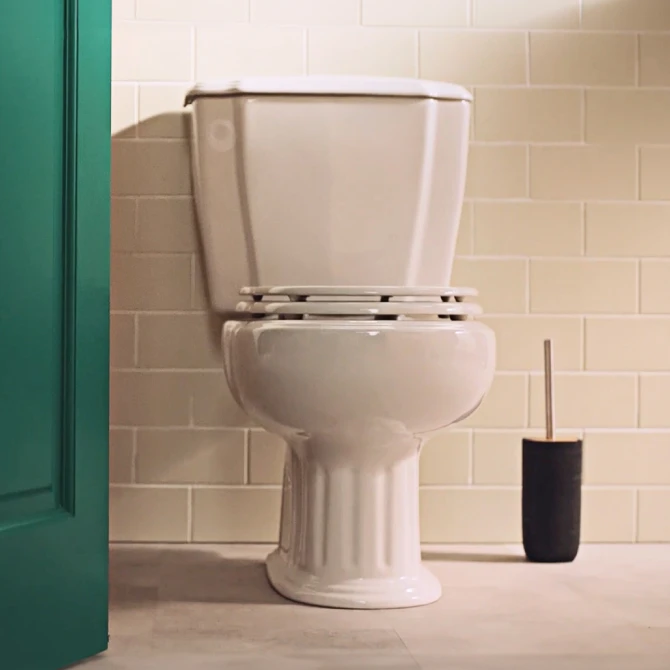

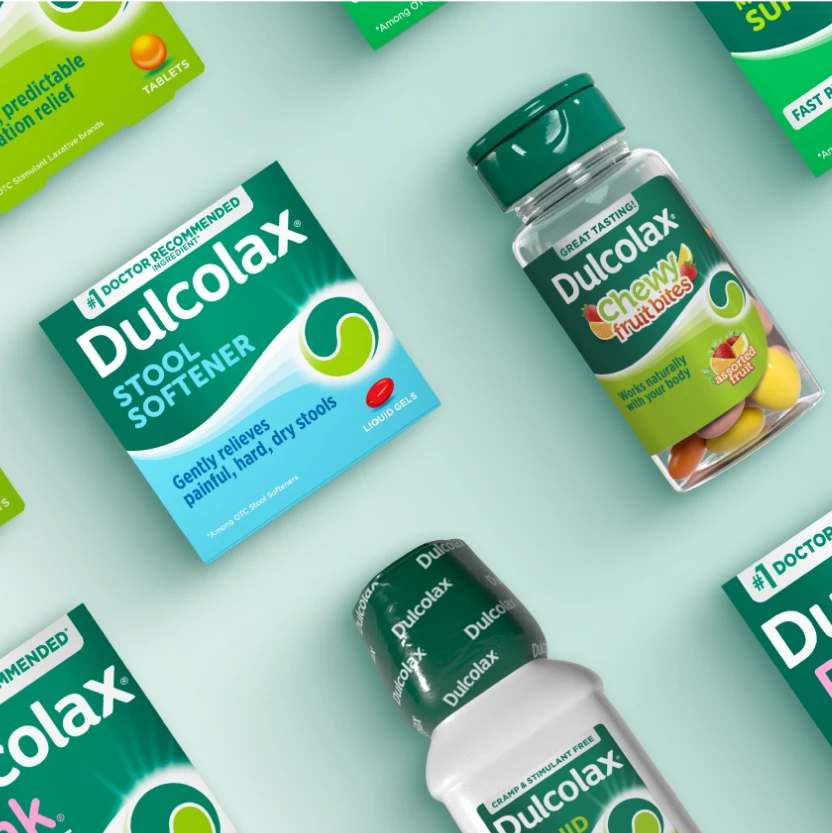

.webp)

.webp)
.webp)



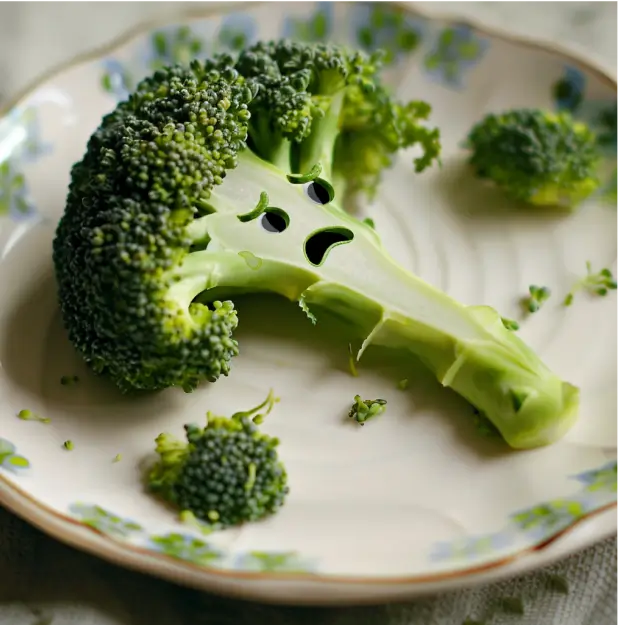
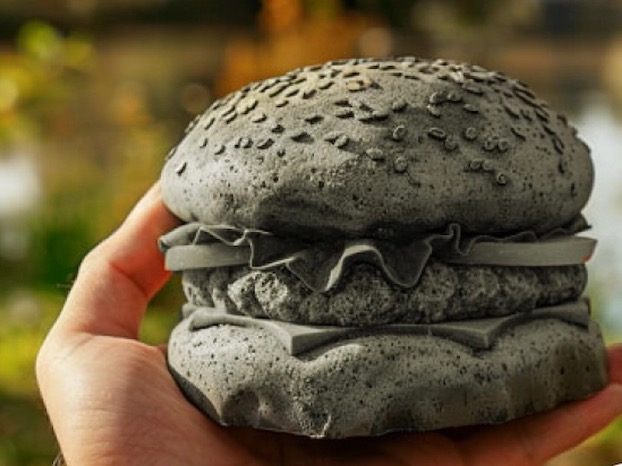

.webp)